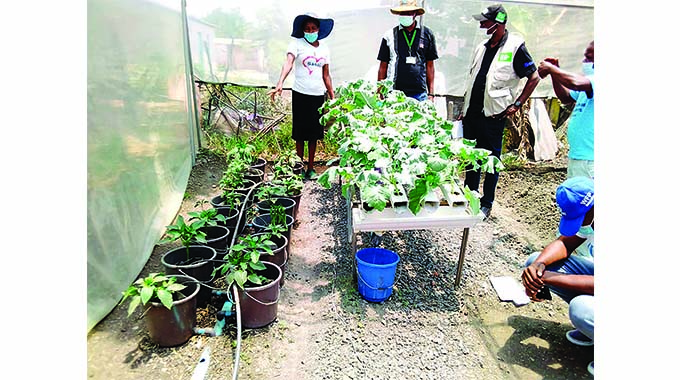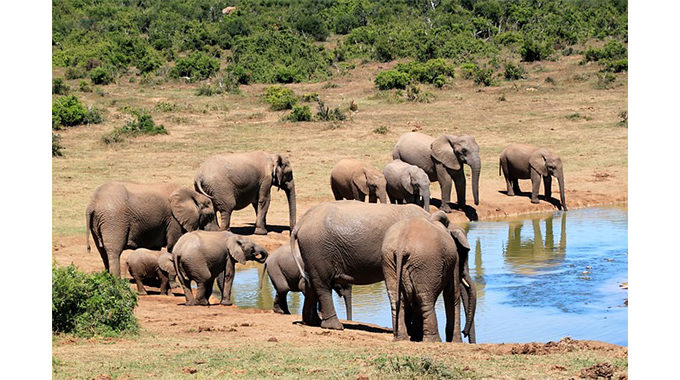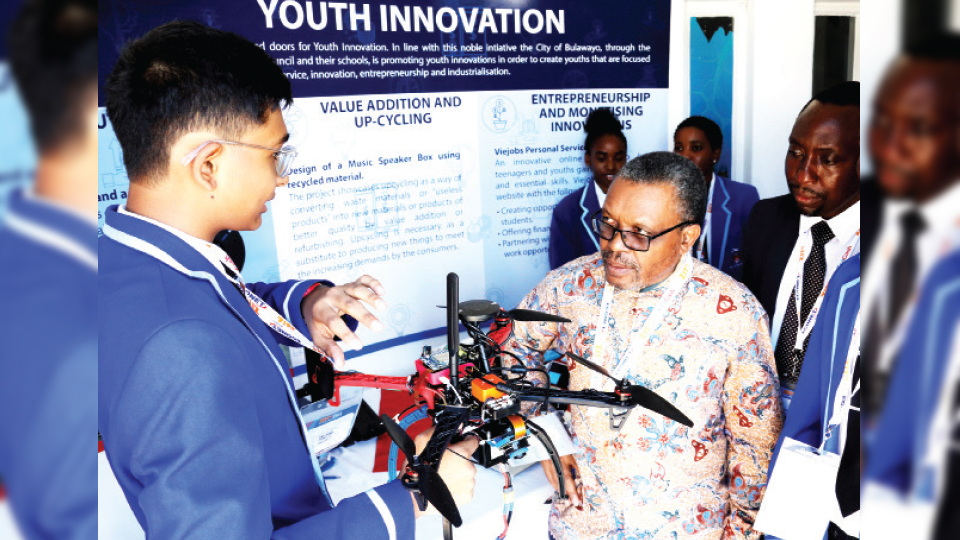Urban hydroponics farmers beat water challenges

Patrick Chitumba, Midlands Bureau Chief
IN the backyard of a house in one of the oldest suburbs in Gweru, Ascot, a 44-year-old mother of two is using hydroponics to grow vegetables.
Ms Shelter Saidi, a vendor in the suburb always had a passion for farming but water shortages were a limiting factor.
For two weeks, her water tap has been dry and she has been fetching water from a community borehole about a kilometre away.
Three months ago, a hydroponics system was set up in her backyard by a non-governmental organisation Welt Hunger Hilfe (WHH).
Hydroponics is the latest in the line of advanced farming techniques.
It involves growing plants, vegetables and fruits in water that is mixed with solutions containing all the nutrients required for the development of a plant in the absence of soil or sunlight.
The system which goes for up to US$900 is a small greenhouse where water flows in a maze of pipes decked with plants.
“Water is a challenge in Gweru and worse in Ascot. We go for weeks without the precious liquid which definitely works against farming. My garden before the introduction of the hydroponics system was always dry,” she said.
Ms Saidi said hydroponics saves water by 90 percent.
“In hydroponic farming water is conserved because it is reused multiple times. Hydroponically grown plants also require no pesticides because there are no soil-borne diseases. If I fill for example a 20 litre bucket of water, it can water 45 plants of green vegetables for 24 hours which means less time looking for water at the community borehole.
Hydroponics saves water by 90 percent,” she said.
Mrs Saidi said she always has fresh vegetables for her family and she also sells some to the members of the public for US$1 a bundle.
“This technique is using a mineral nutrient solution in a water solvent. It is proven to be safe, fast, more economical and most importantly, sustainable. There are many techniques in farming that cater to the different growing conditions that farmers have to deal with. For example, there is the use of natural inputs to produce healthy and chemical free food,” said Ms Saidi who got some education on how the system works from Welt Hunger Hilfe.
Ms Ruth Rugeje (36) who also benefited from the hydroponic system.

Ms Ruth Rugeje shows her hydroponics system at her house in Mtapa Suburb in Gweru and spinach planted in the system
She said she grows tomatoes and spinach and hopes to increase production as a matter of urgency.
“The challenge I see arising is the high cost of setting up this system. Ordinarily, we can afford to spend about US$900 on such a system. I am in love with it because it saves water, the vegetables are clean and are not affected by pests. I hope to save money bit by bit to increase production,” said Ms Rugeje, who stays with her two brothers at her parents’ house.
WHH Gweru Domain Field Manager Mr Fanny Nyaunga said with this technology, they are hoping to bridge the gap between supply and demand by growing crops in highly controlled indoor environments instead of traditional outdoor methods.
Hydroponics farming comes in a variety of formats, but all boast benefits such as an ability to pivot quickly, a cleaner crop, a hyperlocal supply chain and a more sustainable operation than traditional farming.
“Hydroponics is a type of horticulture and a subset of hydroculture which involves growing plants (usually crops) without soil, by using mineral nutrient solutions in an aqueous solvent,” he said.
“Another benefit of going the soilless route is that it generates more income as it barely requires manpower to maintain the plants while also generating 20 to 25 percent more produce compared to conventional farming.
“The greenhouse concept promotes year-round growth rather than waiting for the right season to grow particular plants. Rain-fed agriculture has for a long time been affected by season fluctuations and caused great losses to farmers.”

Mr Nyaunga said about 940 households in Gweru are benefitting from a livelihood sustenance programme run by WHH.
He said his organisation has injected over US$2,8 million in the projects, which include poultry, hydroponics, shoemaking, and peanut butter manufacturing.
“Some of the beneficiaries have improved their livelihoods through the projects.
“The urban resilience building project, which started last year targeting urban households, is expected to end in December this year. WHH is working together with the World Food Programme on the project,” he said.











Comments